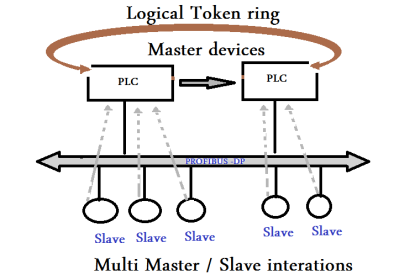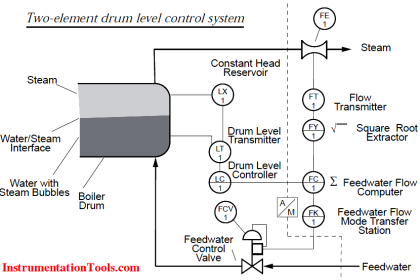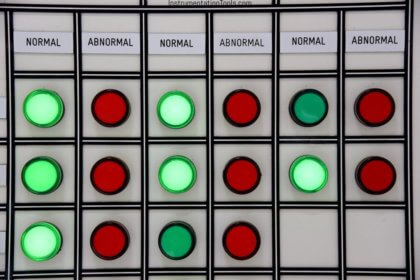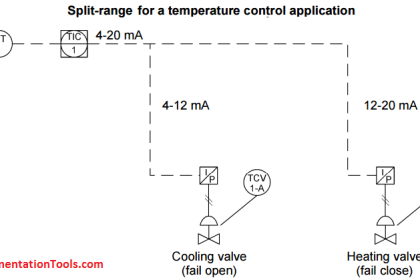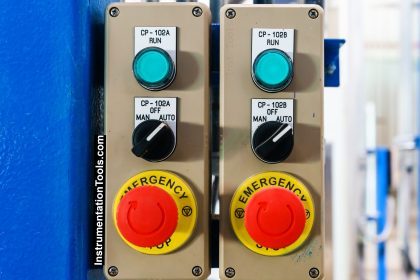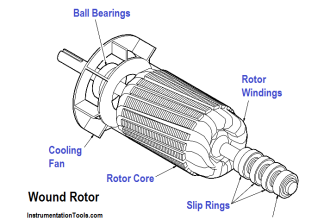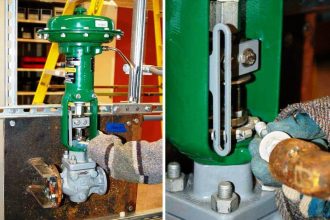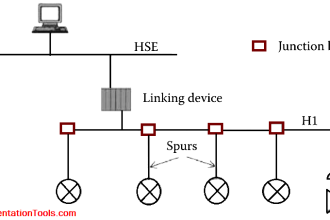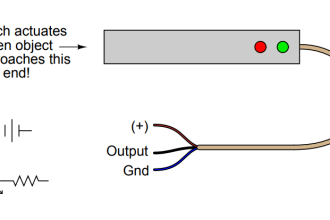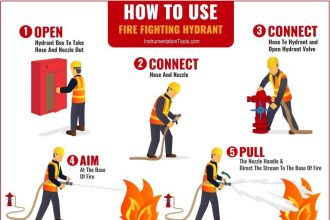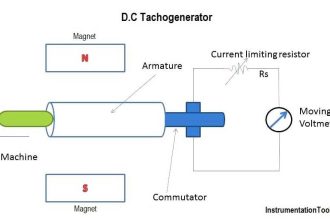When you are working on heavy industries like cranes, material handling, warehouse automation, or other big systems, you will need to properly automate these systems for safe and reliable material handling and transfer. In them, you will find a very common device for controlling the operations, which is a joystick. Joysticks are a traditional, yet upgraded, now in modern way to automate and control the material handling systems. In this way, we will learn how to use modern industrial joystick controls.
What is an industrial joystick?
Like how you control your car gear by mechanically moving it with your hands, the joystick also works in the same way. When you change the gear, the car’s speed changes. Similarly, a joystick is a device that is used in transport devices or on electrical panel boards to control the movement of equipment. It can be moved in fixed slots in certain directions or can be varied in an analogue way to control precise direction movement.
Suppose you have an electrical crane and want to move it in left, right, forward, and reverse directions. For that, the operator cabin in the crane will have a joystick, which the user will operate like a gear to move the crane in his desired direction. Due to its application area, it is robust in operation and ideal for such a rigorous environment. Also, as it is fixed or variable in nature, such heavy mechanical loads are controlled efficiently with a joystick, as it provides the desired movement in a controlled manner.
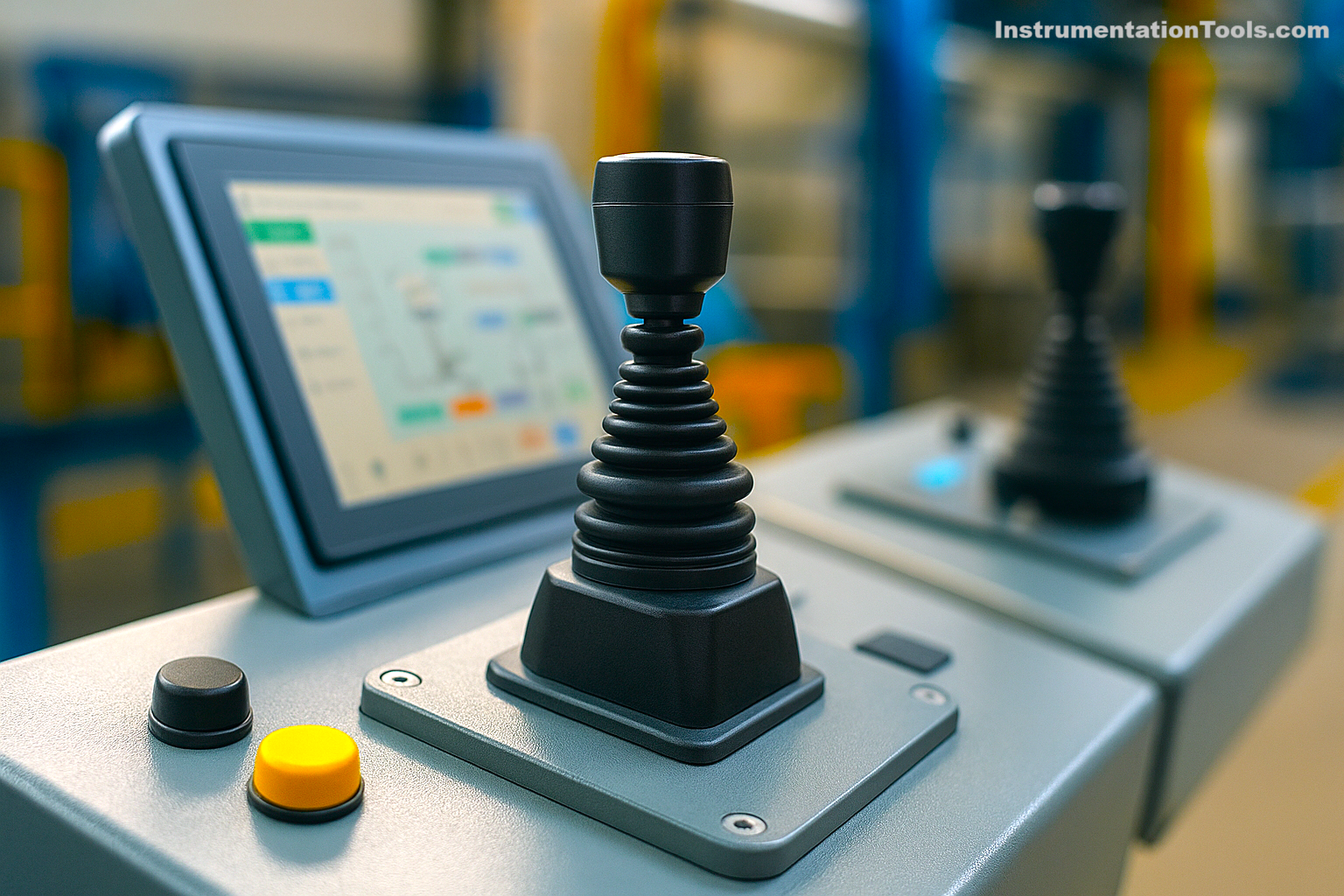
Types of industrial joysticks
- Digital joystick
- Analog joystick
- Hall effect joystick
- Optical joystick
The joysticks are further categorised in various styles like whether they are operated by handgrip, finger or thumb; and whether it can move in single axis or multi axis.
How to choose the industrial joystick for your application?
- Modern joysticks allow for options of customisation, where you can add additional buttons or operations to the existing ones. So, if you want to opt for customisation inthe future, opt for the corresponding ones.
- Joysticks come in variations of ruggedness and operation in harsh environments. They vary in these parameters, so choose according to your requirement.
- As discussed earlier, joysticks can be operated by hand, thumb, or fingers. Depending on your user requirements, choose the one which supports your operation grip type and is ergonomic in design.
- Joysticks are integrated electrically with your control panel. Depending on the voltage present in your panel, choose the one that matches. Also, today’s joysticks come with communication outputs like CAN open, Ethernet, and Modbus RTU. If you have such requests, choose the one accordingly.
- Depending on your directionof movement in single axis or multiple axes, choose the one that suits your application.
- Joysticks can suffer issues like wear and tear, failure to respond to movements inside mechanically, erratic movements, or calibration issues. Inspect the product review, check feedback, and ask the vendor for these issues before choosing the correct one.
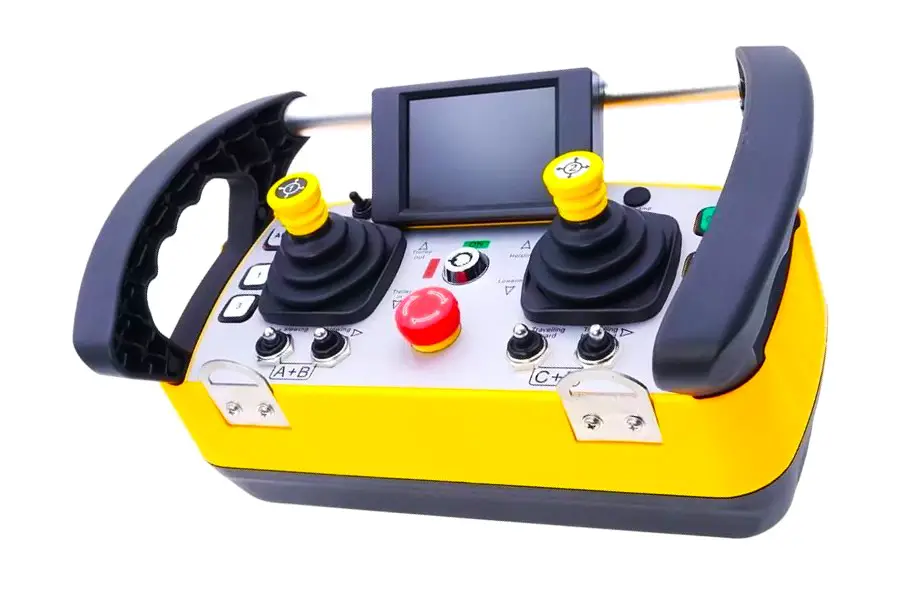
In this way, we saw how to use modern industrial joysticks.
Read Next:
- How to Train Your Maintenance Team?
- Node-RED in PLC Industrial Automation
- Programming and Tuning PID Controller
- Skills Required for Electrical Maintenance
- How Does Redundant Power Supply Work?

